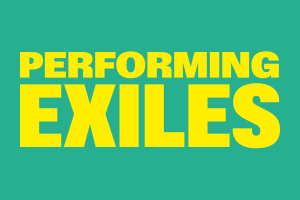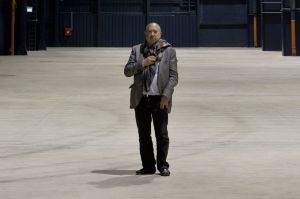
Talk
Christian Boltanski and Armin Zweite
Installed Memory
The artist in conversation with the curator and museum director
Introduced by Joachim Sartorius

Christian Boltanski © Agostino Osio
“Today everything is preserved perfectly. But my work should be on the edge, like a candle which can be extinguished from one moment to the next.”
It is the margins of human existence which interest Christian Boltanski. The transition from life to death appears in a striking, highly considered way in his work, which finds a reference point in the Holocaust. Death and memory, co-incidence and determination, history and the finality of human life are his themes.
Christian Boltanski, born the son of a Jewish Ukrainian father and a Catholic Corsican mother in Paris in 1944, is one of France’s leading contemporary artists. His works are landscapes of memory made out of pieces of clothing, personal effects, recorded heartbeats and voices. In 1990 Boltanski created the Missing House on a bombsite in Berlin’s Große Hamburger Straße – a reminder of the fates of its previous occupants. At the beginning of 2010 he presented the exhibition Personnes in the Grand Palais’ Monumenta series (following Anselm Kiefer and Richard Serra).
Boltanski has been awarded numerous leading art prizes including the 2006 Praemium Imperiale for sculpture. He will be France’s representative at the 2011 Venice Biennale.
Armin Zweite has run the Kunstsammlung Nordrhein-Westfalen and the Lenbachhaus in Munich. Since 2009 he has been the Director of the Brandhorst Museum in the Kunstareal Munich, which exhibits major works by protagonists of contemporary art since 1945. He has both written on and organized exhibitions of Boltanski’s work.
